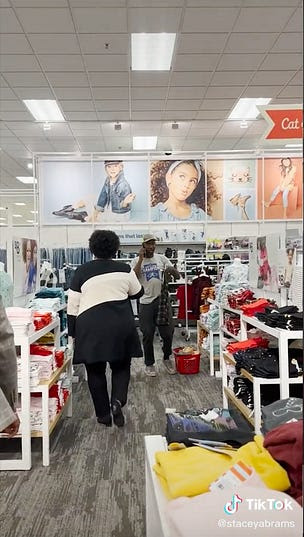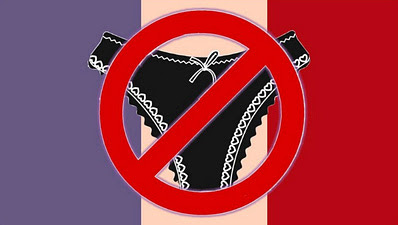 Top Sounds
Top Sounds 
Our curated picks of the top sounds on TikTok
- Ice Bear Has Fought Personal Demons
 A sound for the multi-faceted.
A sound for the multi-faceted. - There’s Blood On The Floor
 Nobody move! This sound is so much fun. A great sound for videos with a dramatic transition or reveal.
Nobody move! This sound is so much fun. A great sound for videos with a dramatic transition or reveal. - Pretty Boy Swag
 This is a versatile sound used to show an ideal pairing.
This is a versatile sound used to show an ideal pairing. - Have You Tried Being Pleasant To Be Around?
 We all know someone that deserves this sound.
We all know someone that deserves this sound. - And Then Another
 This sound is for when things are a little chaotic, maybe a little disorganized, but you’re still kind of killing it.
This sound is for when things are a little chaotic, maybe a little disorganized, but you’re still kind of killing it.
 Our Sound Highlight
Our Sound Highlight 
Zorba Dance
Mood: 
Pair this sound with a fake bit of blackmail from a ‘hacker’ and the silliest photos in your iCloud drive. Here’s Steve Aoki’s take.
 Video Highlight
Video Highlight 

Stacey Abrams meets voters where they’re at… Target. When everyone from Obama to Beto has been hopping on TikTok as of late, it’s fun to see a candidate try something different. And if you find me in a Georgia Target, don’t ask any questions.
 The Moment
The Moment 
Issues that are at the forefront of online discourse— verification.
I’ve called a blue check the internet’s saddest status symbol before, and while I relish the opportunity for some punching up, there is an important reason for verification.
Twitter verification started because of a lawsuit between baseball player Tony La Russa and an imposter. Posing as a public figure on Twitter can be a great means of satire but it can, in some circumstances, be dangerous. Not only might individuals find themselves susceptible to harm, but the lack of distinction in the source’s validity can also further murky the waters in terms of misinformation.
The purpose of verification is not to stoke the egos of celebrities, but to provide a marker for legitimate sources of information. The information a verified account gives may be inaccurate but the audience gets to be clear on the source. Elon Musk’s verification monetization plan at Twitter is still unclear but may do real harm to Twitter’s profitability, the reduction of misinformation, and user safety.
 The Zeitgeist
The Zeitgeist 
Hot topics from across the internet
- Elon
MustyMusk fired around half of Twitter’s workforce and seems to be hellbent on wasting the $44 billion he spent on the bird app.- Also from Apartheid Clyde, an endorsement of voting for a Republican Congress. Embracing his roots, I fear.
- RIP to the artist Takeoff who was killed, aged 28, in Houston.
- Rihanna spotlights Johnny Depp in a Savage X Fenty show. Proving, for those still doubting, that all billionaires are trash.
- SNL is having Dave Chapelle back as a host continuing a proud tradition of having a transphobe host right after an election.
- In other transphobe news, a transphobic group unveiled their new flag sending the strong message that… the French do not deserve underwear.

 The Takeaway
The Takeaway 
Let’s talk about suppression!
Not voter suppression (sorry, we know it’s election day) but content suppression.
The Washington Post was interested enough to experiment with what TikTok suppresses, and how it compares with other major platforms. The implications of what is suppressed on social media are massive. For all the posturing of conservatives and centrists on the importance of “free speech” online (hi Elon), there’s markedly little concern about the suppression of election education content and of BIPOC creators.
Even more glaring is the fact content moderation rarely impacts misogynist and racist harassment on these platforms. How else would all these alpha male podcasts keep thriving? TikTok has previously admitted to suppressing the content of queer, fat, and disabled creators. More often than not, social media companies seek to suppress the voices of those who are (in the words of TikTok) “susceptible to harassment” rather than root out harassers from the platform.
The suppression of social justice content often means suppressing the people most affected by systems of oppression. Concerns over content moderation aren’t unfounded, we just need to focus on who is actually affected.
Made it to the end of this newsletter? Here’s a treat, African cinema and LOTR.
Like Vocal Verified? Share it with a friend!



